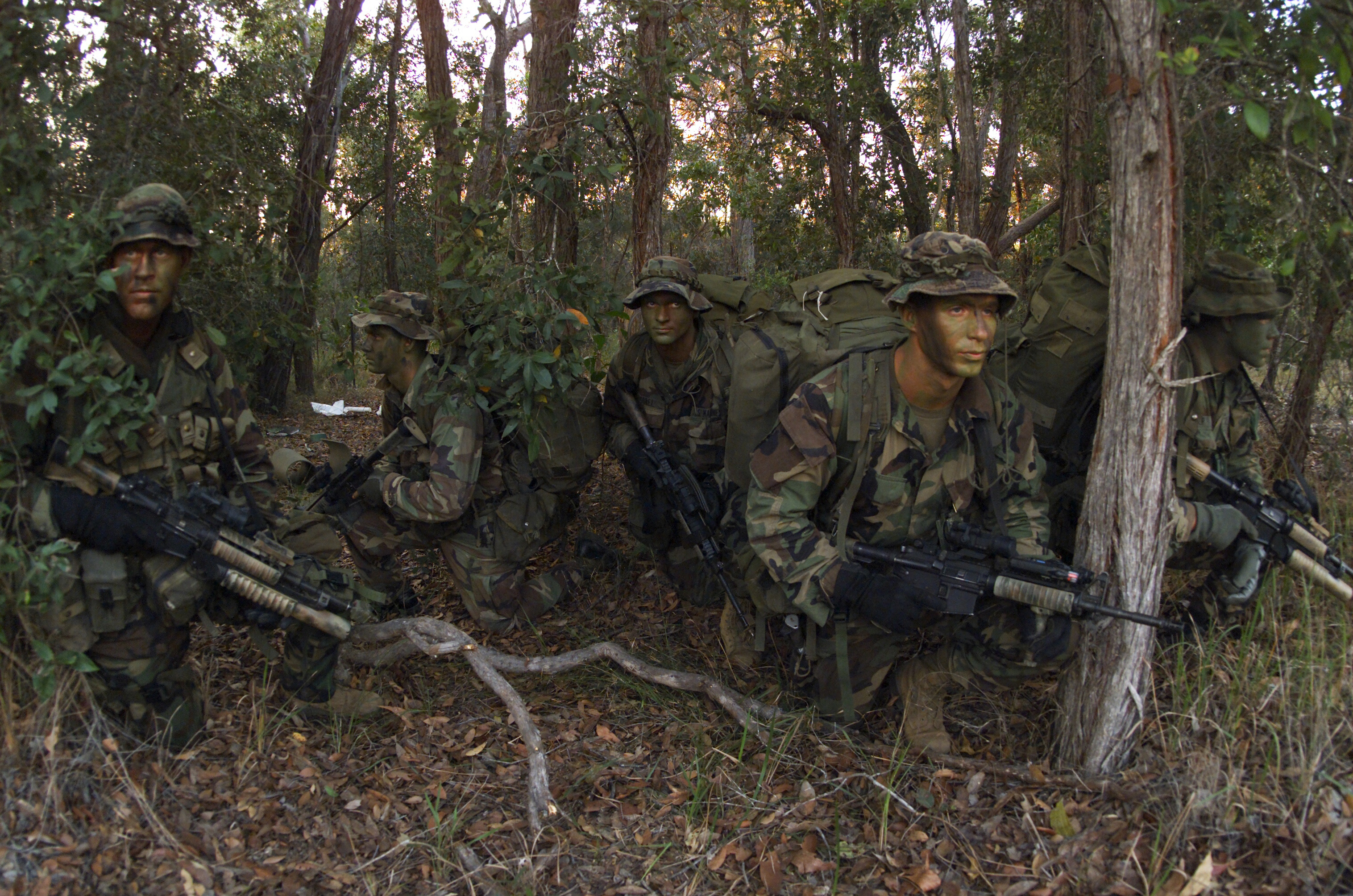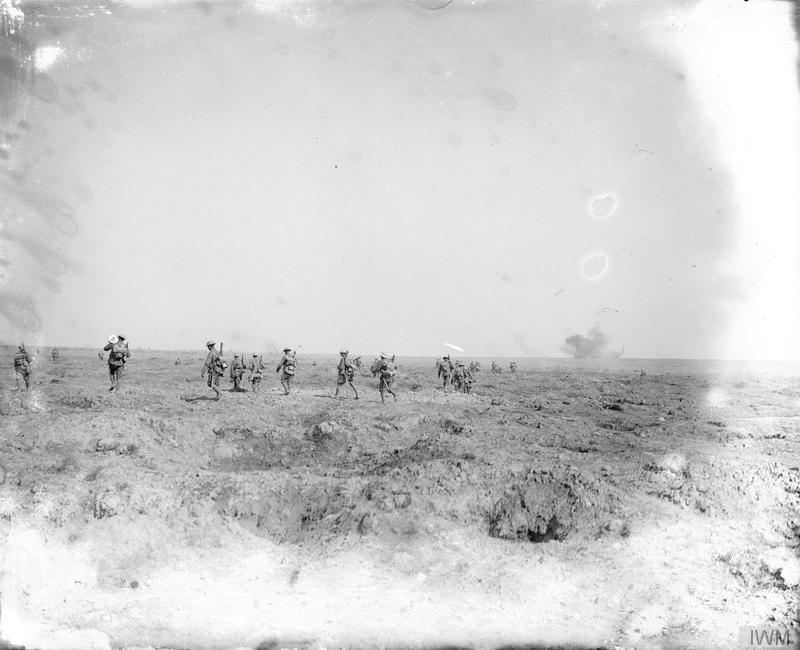|
Capture Of Oppy Wood
The Capture of Oppy Wood was an engagement on the Western Front (World War I), Western Front during the World War I, First World War on 28 June 1917. The Battle of Arras (1917), Battle of Arras of 1917 ended with the Germans in possession of a fortified wood to the west of the village of Oppy, Pas-de-Calais, Oppy, which overlooked British positions. The wood was in area and contained many German observation posts, machine-gun nests and trench mortars. New German defensive tactics adopted after the Battle of the Somme of defence in depth and rapid counter-attack, had been enforced on the German 6th Army (German Empire), 6th Army after the disaster of 9 April, the first day of the Battle of Arras. The British attack of the Third Battle of the Scarpe was defeated everywhere bar Fresnoy, which was captured by the 1st Canadian Division. The attack on Oppy Wood by the 92nd Brigade (United Kingdom), 92nd Brigade of the 31st Division (United Kingdom), 31st Division, was a costly failure ... [...More Info...] [...Related Items...] OR: [Wikipedia] [Google] [Baidu] |
Battle Of Arras (1917)
The Battle of Arras (also known as the Second Battle of Arras) was a British Empire, British offensive on the Western Front (World War I), Western Front during the First World War. From 9 April to 16 May 1917, British troops attacked German Empire, German defences near the French Third Republic, French city of Arras on the Western Front. The British achieved the longest advance since trench warfare had begun, surpassing the record set by the French Sixth Army (France), Sixth Army on 1 July 1916. The British advance slowed in the next few days and the German defence recovered. The battle became a costly stalemate for both sides and by the end of the battle, the British Third Army (United Kingdom), Third Army and the First Army (United Kingdom), First Army had suffered about 160,000 casualties and the German 6th Army (German Empire), 6th Army about 125,000. For much of the war, the opposing armies on the Western Front were at stalemate, with a continuous line of Trench warfare, tre ... [...More Info...] [...Related Items...] OR: [Wikipedia] [Google] [Baidu] |
1st Canadian Division
The 1st Canadian Division (French: ''1re Division du Canada'' ) is a joint operational command and control formation based at CFB Kingston, and falls under Canadian Joint Operations Command. It is a high-readiness unit, able to move on very short notice, and is staffed and equipped to meet Canada’s military objectives to counter any potential threat. Formed during the First World War in August 1914, the 1st Canadian Division was a formation of the Canadian Expeditionary Force. The division contained a cavalry squadron and a cyclist company, three infantry brigades (the 1st, 2nd and 3rd Canadian Infantry Brigades, each of four battalions), representing all parts of Canada, three field artillery brigades (roughly equivalent to modern regiments) armed with 18-pounders and engineers, together with elements of the Army Service Corps and the Army Medical Corps. The total war establishment of the Division was 17,873 all ranks, with 4,943 horses. /sup> During its service in the First ... [...More Info...] [...Related Items...] OR: [Wikipedia] [Google] [Baidu] |
Hurricane Bombardment
In warfare, infiltration tactics involve small independent light infantry forces advancing into enemy rear areas, bypassing enemy frontline strongpoints, possibly isolating them for attack by follow-up troops with heavier weapons. Soldiers take the initiative to identify enemy weak points and choose their own routes, targets, moments and methods of attack; this requires a high degree of skill and training, and can be supplemented by special equipment and weaponry to give them more local combat options. Forms of these infantry tactics were used by skirmishers and irregulars dating back to classical antiquity, but only as a defensive or secondary tactic; decisive battlefield victories were achieved by shock combat tactics with heavy infantry or heavy cavalry, typically charging ''en masse'' against the primary force of the opponent. By the time of early modern warfare, defensive firepower made this tactic increasingly costly. When trench warfare developed to its height in Worl ... [...More Info...] [...Related Items...] OR: [Wikipedia] [Google] [Baidu] |
Gavrelle
Gavrelle () is a commune in the Pas-de-Calais department in the Hauts-de-France region of France. Geography A farming village situated northeast of Arras, at the junction of the N50 and the D33 roads. The motorway junction of the A26 autoroute and the A1 autoroute is less than a mile away. Population Places of interest * The church of St. Vaast, dating from the twentieth century. * The Commonwealth War Graves Commission cemetery. See also *Communes of the Pas-de-Calais department The following is a list of the 890 communes of the Pas-de-Calais department of France. The communes cooperate in the following intercommunalities (as of 2020):Website of the commune of Gavrelle [...More Info...] [...Related Items...] OR: [Wikipedia] [Google] [Baidu] |
94th Infantry Brigade (United Kingdom)
The 94th Infantry Brigade was a British Army brigade formed during the First World War as part of the British 31st Division . 94th Brigade The 31st Division is famous as one of Kitchener's Divisions of the New Army with their large number of Pals battalions that suffered heavy casualties during the Battle of the Somme . The 94th Brigade suffered some of the worst casualties during the First day on the Somme . *11th (Service) Battalion ( Accrington), The East Lancashire Regiment (''to 92nd Bde February 1918'') *12th (Service) Battalion (Sheffield), The York and Lancaster Regiment (''disbanded February 1918'') *13th (Service) Battalion ( 1st Barnsley), The York and Lancaster Regiment (''to 93rd Bde February 1918'') *14th (Service) Battalion ( 2nd Barnsley), The York and Lancaster Regiment (''disbanded February 1918'') 94th (Yeomanry) Brigade The brigade was disbanded in February 1918 then began reforming in May. In June it was brought up to strength with the addition of Yeomanry ... [...More Info...] [...Related Items...] OR: [Wikipedia] [Google] [Baidu] |
5th Infantry Division (United Kingdom)
The 5th Infantry Division was a regular army infantry division of the British Army. It was established by Arthur Wellesley, 1st Duke of Wellington for service in the Peninsular War, as part of the Anglo-Portuguese Army, and was active for most of the period since, including the First World War and the Second World War and was disbanded soon after. The division was reformed in 1995 as an administrative division covering Wales and the English regions of West Midlands, East Midlands and East. Its headquarters were in Shrewsbury. It was disbanded on 1 April 2012. Peninsular War The 5th Division during the Peninsular War under the command of General James Leith was present at most of the major engagements including the Battle of Bussaco, the Battle of Sabugal, the Siege of Almeida, the Battle of Badajoz, the Battle of Salamanca, the Battle of Vitoria, the Siege of San Sebastian, the Battle of Nivelle and the Battle of the Nive. Peninsular War order of battle The order of battl ... [...More Info...] [...Related Items...] OR: [Wikipedia] [Google] [Baidu] |
15th Infantry Brigade (United Kingdom)
The 15th Infantry Brigade, later 15 (North East) Brigade, was an infantry brigade of the British Army. It was part of the regular 5th Infantry Division during the First World War and Second World War, and was subsequently part of the 2nd Infantry Division in the north of the United Kingdom, with specific responsibility for the areas of North East England and Yorkshire and the Humber. History Formation The 15th Infantry Brigade was first formed in 1905 at Fermoy and up to the outbreak of the First World War continued to serve in Ireland. The Brigade, which at that time consisted of 1st Battalion, Norfolk Regiment, 1st Battalion, Dorset Regiment, 1st Battalion, Cheshire Regiment and 2nd Battalion, Highland Light Infantry, was mobilized on 5 August 1914 and crossed to France as part the 5th Division with the British Expeditionary Force. First World War During the opening months of the War, the Brigade had its full share of fighting and saw action at Mons, Le Cateau, at the cros ... [...More Info...] [...Related Items...] OR: [Wikipedia] [Google] [Baidu] |
Lille
Lille ( , ; nl, Rijsel ; pcd, Lile; vls, Rysel) is a city in the northern part of France, in French Flanders. On the river Deûle, near France's border with Belgium, it is the capital of the Hauts-de-France Regions of France, region, the Prefectures in France, prefecture of the Nord (French department), Nord Departments of France, department, and the main city of the Métropole Européenne de Lille, European Metropolis of Lille. The city of Lille proper had a population of 234,475 in 2019 within its small municipal territory of , but together with its French suburbs and exurbs the Lille metropolitan area (French part only), which extends over , had a population of 1,510,079 that same year (Jan. 2019 census), the fourth most populated in France after Paris, Lyon, and Marseille. The city of Lille and 94 suburban French municipalities have formed since 2015 the Métropole Européenne de Lille, European Metropolis of Lille, an Indirect election, indirectly elected Métropole, metr ... [...More Info...] [...Related Items...] OR: [Wikipedia] [Google] [Baidu] |
Lens, Pas-de-Calais
Lens (; pcd, Linse) is a city in the Pas-de-Calais department in northern France. It is one of the main towns of Hauts-de-France along with Lille, Valenciennes, Amiens, Roubaix, Tourcoing, Arras and Douai. The inhabitants are called ''Lensois'' (). Metropolitan area Lens belongs to the intercommunality of Lens-Liévin, which consists of 36 communes, with a total population of 242,000. Lens, along with Douai and 65 other communes, forms the agglomeration (''unité urbaine'') of Douai-Lens, whose population as of 2018 was 504,281.Comparateur de territoire INSEE, retrieved 20 June 2022. History Lens was initially a fortification from the Norman invasions. In 1180, it was owned by the |
Feint
Feint is a French term that entered English via the discipline of swordsmanship and fencing. Feints are maneuvers designed to distract or mislead, done by giving the impression that a certain maneuver will take place, while in fact another, or even none, will. In military tactics and many types of combat, there are two types of feints: feint attacks and feint retreats. Attacks A feint attack is designed to draw defensive action towards the point under assault. It is usually used as a diversion to force the enemy to concentrate more manpower in a given area, to weaken the opposing force in another area. Unlike a related diversionary maneuver, the demonstration, a feint involves actual contact with the enemy. Retreats A feint retreat, or feigned retreat, is performed by briefly engaging the enemy, then retreating. It is intended to draw the enemy pursuit into a prepared ambush, or to cause disarray. For example, the Battle of Hastings was lost when Saxons pursued the Norman cav ... [...More Info...] [...Related Items...] OR: [Wikipedia] [Google] [Baidu] |
Eingreif Division
Eingreif division (german: Eingreifdivision) is a term for a type of German Army formation of the First World War , which developed in 1917, to conduct immediate counter-attacks () against enemy troops who broke into a defensive position being held by a front-holding division () or to conduct a methodical counter-attack () 24–48 hours later. Attacks by the French and British armies against the on the Western Front had been met in 1915 and 1916 by increasing the number and sophistication of trench networks, the original improvised defences of 1914 giving way to a centrally-planned system of trenches in a trench-position and then increasing numbers of trench-positions, to absorb the growing firepower and offensive sophistication of the Entente armies. During the Battle of the Somme (1 July – 18 November 1916), the use of defensive lines began to evolve into the defence of the areas between them, using the local troops of the trench holding divisions and (relief divisions), he ... [...More Info...] [...Related Items...] OR: [Wikipedia] [Google] [Baidu] |
15th Reserve Division (German Empire)
The 15th Reserve Division (''15. Reserve-Division'') was a unit of the Prussian Army within the Imperial German Army in World War I. The division was formed on mobilization of the German Army in August 1914 as part of VIII Reserve Corps. The division was disbanded in 1919 during the demobilization of the German Army after World War I. The division was recruited primarily in the Prussian Rhine Province. At the beginning of the war, it formed the VIII Reserve Corps with the 16th Reserve Division. Combat chronicle The 15th Reserve Division fought on the Western Front, participating in the opening German offensive which led to the Allied Great Retreat, fighting at Sedan in late August 1914. It fought in the First Battle of the Marne. Thereafter, it remained in the line in the Champagne region and fought in the Second Battle of Champagne in September–October 1915. It fought on the Aisne until September 1916, and then joined the Battle of the Somme The Battle of the ... [...More Info...] [...Related Items...] OR: [Wikipedia] [Google] [Baidu] |
.jpg)






.jpg)
.jpg)